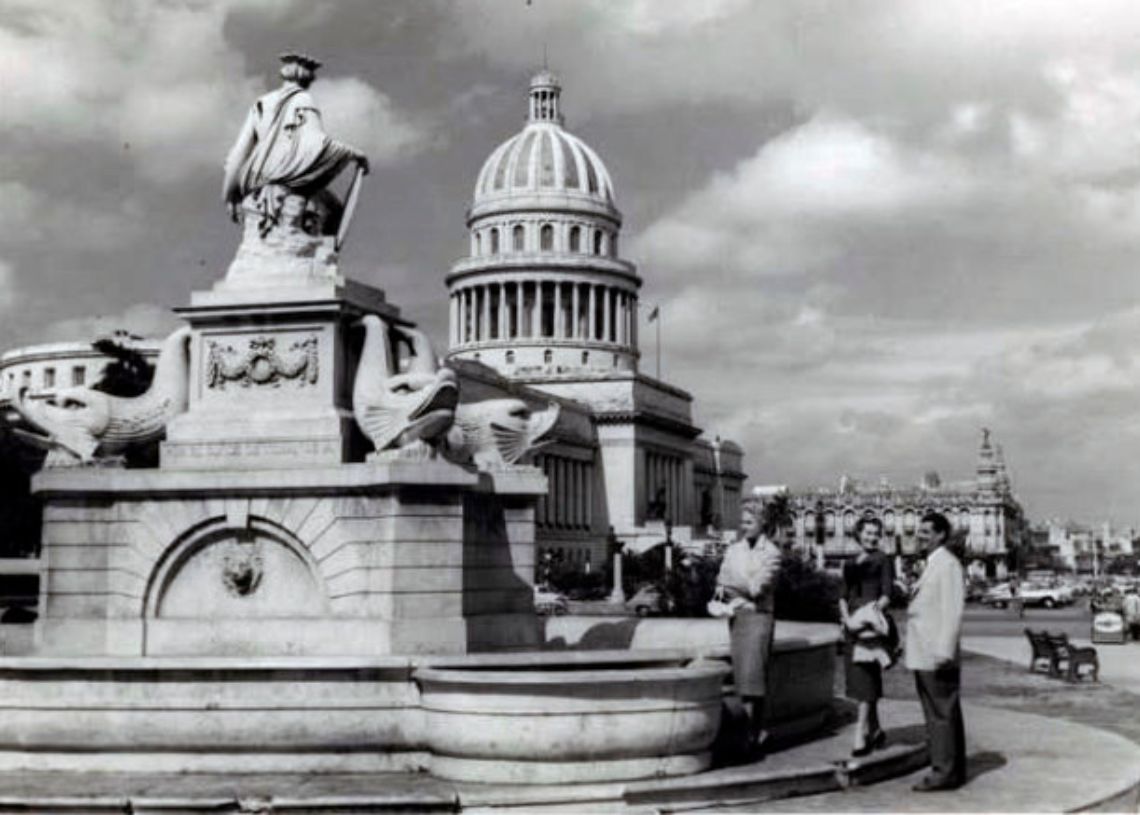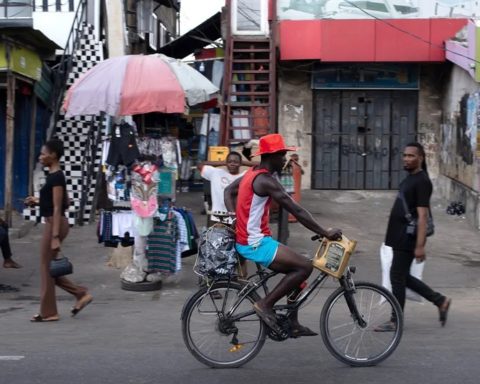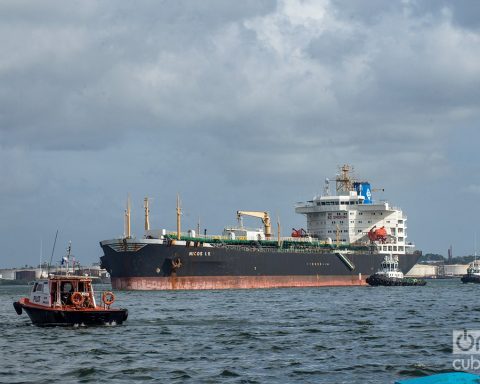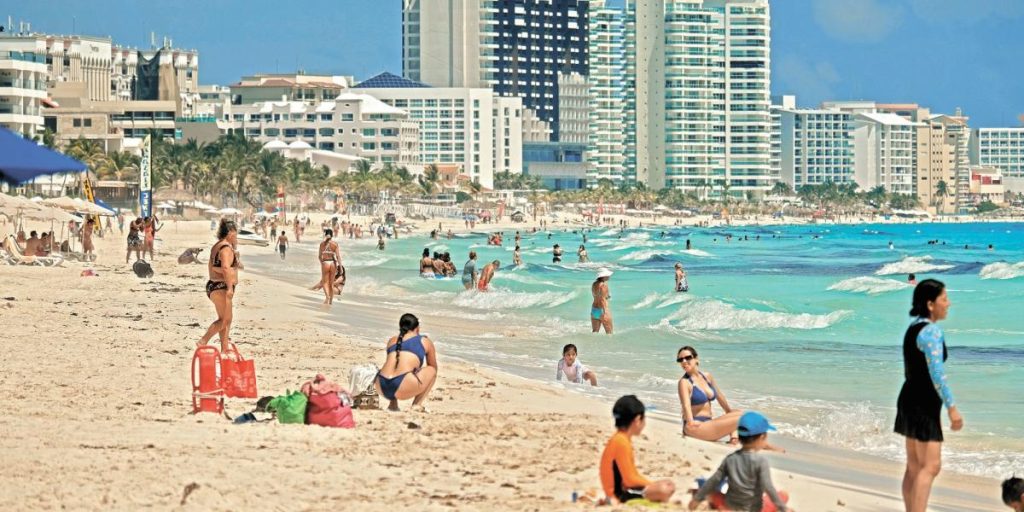Although the source of Neptune has the record of transfers, six, according to Emilio Roig de Leuchsenring, historian of the city, there is another “restless” that, apparently, follows in statistics: the source of India, also known as the noble Havana or Havana.
The idea of erecting the statue was due, in 1835, to the statesman and economist Claudio Martínez de Pinillos, count of Villanueva, who performed, among other positions, the direction of the General Intendance of the Treasury.
The project was included in a general plan that allowed economic advances, the construction of hospitals and public buildings, bridges, roads, and the Aqueduct of Fernando VII.
To improve the public ornament of Havana, the Count of Villanueva conceived monumental sources on the walks. According to an article released by S. de Urbino in the magazine Architecturein December 1936, a public subscription was carried out in order to raise the necessary funds. However, it is also said, in a biographical semblance of the Count treasured in the city’s historian’s office, which he financed his peculio and donated this work to the city.
“The monument to Fernando VII in the Plaza de Armas had already been inaugurated in that same year and for the success obtained, the Colonel of Engineers, Don Miguel Pastor, the projects for two new sources; one, would be called Havana, with an India, and the other, the source of the lions,” he says, “he says S. de Urbino.
The plans were sent to Genoa, Italy, where friends of the Count of Villanueva managed the contract with the Italian sculptor Giuseppe Gagginiwho helped by the architect Tagliaphi executed the project. The two sources cost 40 thousand francs, according to Roig.
Chroniclers and poet muse
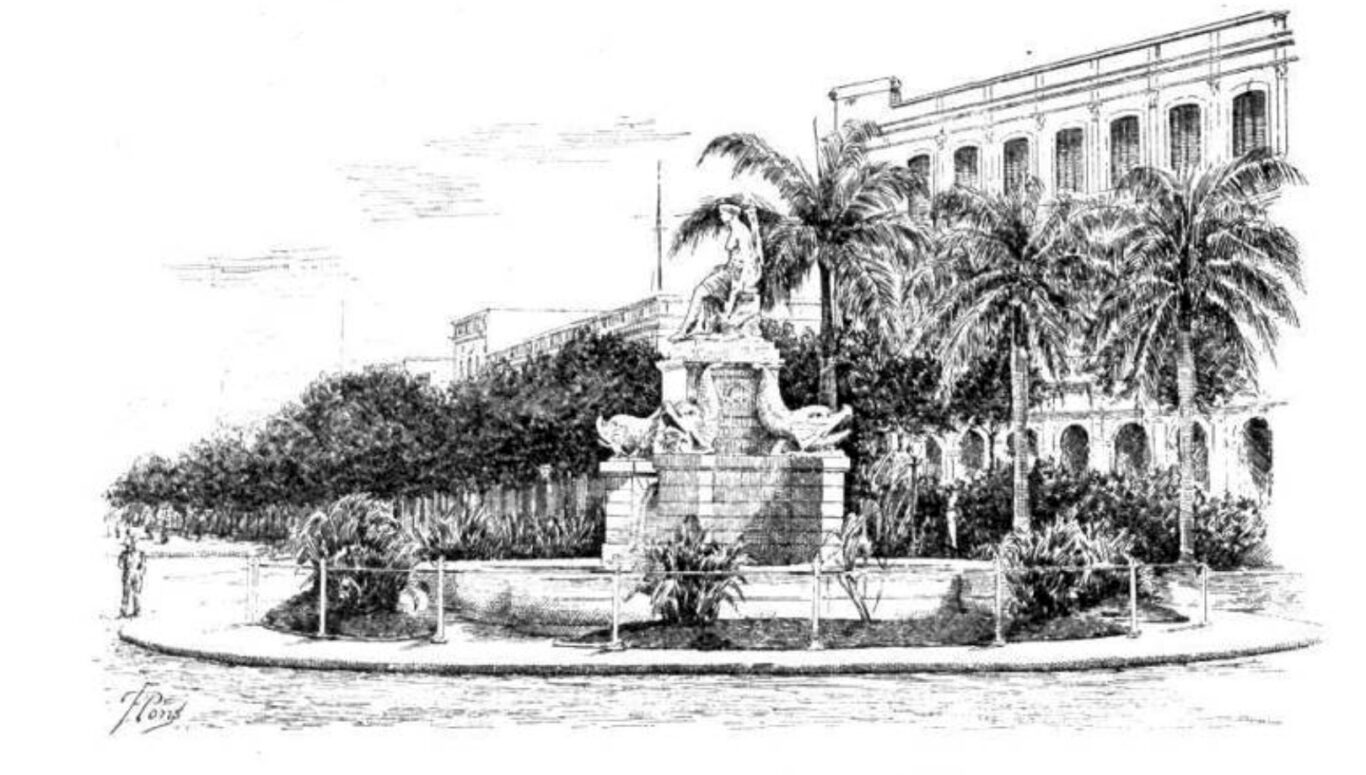
Carrara marble carvedwith a neoclassical style, the source of India was placed in January 1837, in front of the East or Tacón door, of the military field, in the place that had occupied the statue of King Carlos Ili, transferred to the beginning of the Prince’s path.
In those times the Wings and cars walks for the surrounding environment where the source was. In addition, after the shows at the Tacón Theater, the concurrent stayed a while chatting; As long as the proclamations of merchants were heard that, in their traveling inn, offered milk punch, hazelnuts and various sweets made at home.
Because of its majesty, the sculpture caused the admiration of both Cubans and foreign travelers, and inspired poets and chroniclers. Calm Sandal of Noda Martínez, wise naturalist, geographer, surveyor, agronomist, journalist and Cuban essayist, in 1841 he wrote an article that said:
In front of the doors of the city of Havana (…) a white marble source is seen that rises on a quadrilongo pedestal on whose four corners and highlighted pilasters four dolphins are also supported by marble, whose bronze tongues serve as water suppliers that pour into the wide shell that surrounds the pedestal (…) above all, on an artificial rock Beautiful statue that represents a young Indian gallant looking towards the East; Cr Corona his head a feathers’ turban … and a laugh full of arrows to the left shoulder carries.
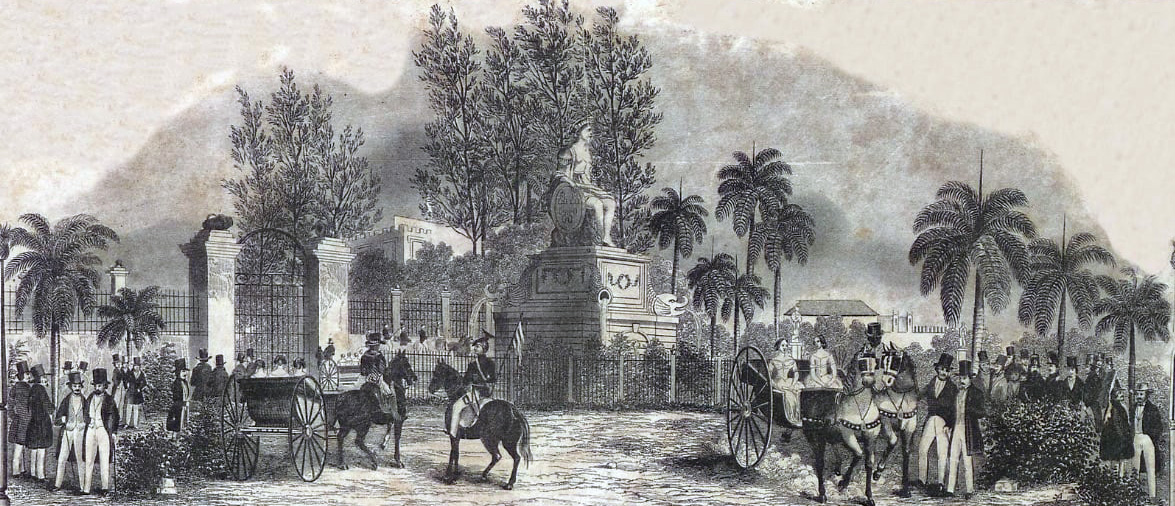
The following year, Gabriel de la Concepción Valdés, Plácido, dedicated the poem “to the source of India Havana”
Look Havana there snow color,
Indiana gentle of fine structure,
dominating a crystalline source,
sitting on the throne of short alabaster;
Never murmur of his fate against,
nor laments the sun that fascinates her,
nor the crude outdoor exterminates,
Not even the furious storm moves it.
Oh beauty! Your suffering is greater
That this tenacious and long wall
that surrounds your beautiful pavement;
However you are all pure marble
without a soul, without color, without feeling
made to the blows with hard iron.
And in September 1850, Pablo Ortiga Rey, Spanish costumbrista writer and public official, wrote a text entitled “Comparative table between Havana of 1834 with that of 1850 ″released in two parts by the newspaper The Illustrationwhere he pointed out:
The source of India of Havana can only have some comparison with that of Cibeles in Madrid. A colossal statue of beautiful stuffed stone very spring on a kind of float, and with the horn of abundance next to it, represents the perfect guy of the Indian race, whose shapes and contours are described with an admirable cleaning and truth. Some geniuses and allegorical objects crawl at the foot of the image. From the sumptuous pedestal on which it is placed, four thick pipes that deposit the glass fluid that pass through a limpid pylon leave. A beautiful ribbin fence surrounds the fountain and a nice reservoir garden with its perfumes the space that through gate and pylon.
In Emilio Roig’s opinion of Leuchsenring, in a chronicle disclosed in the magazine Social In October 1934, of “All the statutory monuments of the colonial era that Havana possesses, which deserves more and more unique attention, for its artistic beauty and its symbolism and its historical representation, is the source of India (…)”.
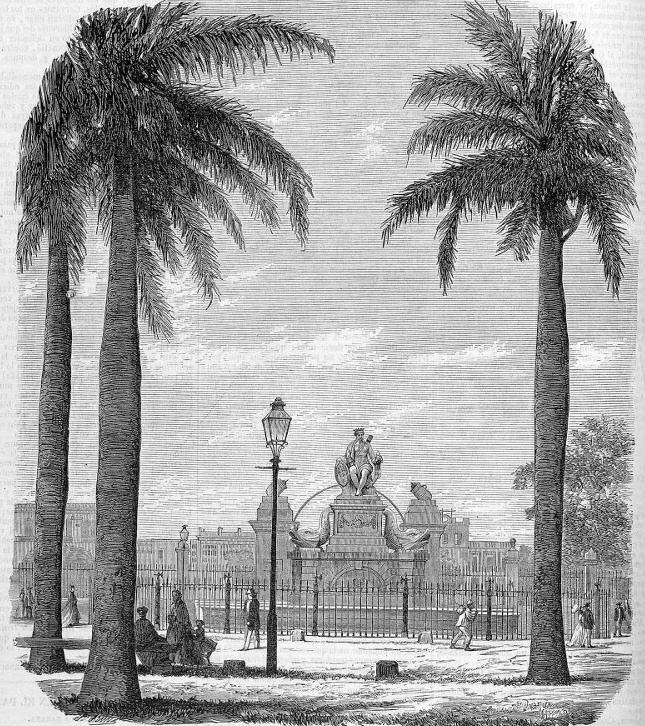
Moving
It did not last long on the original site. In 1841 they placed it in the second section of the Prado Alameda, between the Tacón Theater, subsequently national, and the doors of the wall, called Montserrat. There he was until January 23, 1863, because the City Council decided to move it to the center of the current Central Park, between San Rafael Street and the Neptune square.
Habaneros believed who, finally, the authorities would leave the Indian colossal calm. They were wrong. When the Bourbons regained power, in 1875, the Havana City Council wanted to celebrate it in a big way and decided to build a monument to pay tribute to Queen Elizabeth LL, sculpture that would be placed in the central park. So again they moved to the source of India, this time to their old location, in the Alameda del Prado. Although in a different position, because I would look towards the field of Mars.
A few decades passed. General Gerardo Machado ruled in Cuba. Under the direction of his Secretary of Public Works, the lawyer and businessman Carlos Miguel de Céspedes, in 1928 the field of Mars was transformed into the American Fraternity Park. But this time they did not take the source to another place, they were satisfied with changing their orientation: they would then have their forehead to the sea. They also placed it on a base of 3 meters.
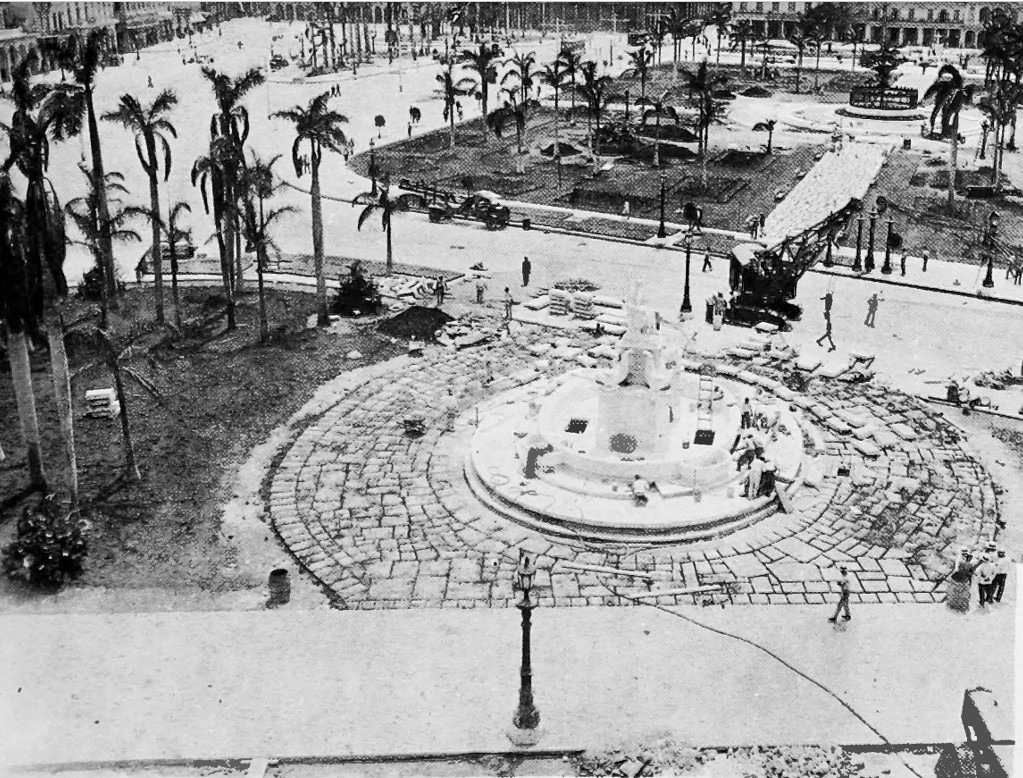
After the years other identity symbols of the Cuban capital were incorporated. Maybe the source of India He no longer has the same symbolic weight of yesteryear, when it was said that whoever visited Havana and did not see it, was as if he had never been in the city. His reign was amazing, as expressed by the chronicler S. de Urbino, in his old stamp of 1936:
(…) Today is a symbol attached to the name of the city; We have no work of art that is so popular in Cuba than abroad, nor that it has been reproduced so much in lithographs, magazines, postcards, etc., it has become how it was the purpose of its authors the emblem of the capital and it is not conceived, without seeing it represented by that noble statue that, on the rock with its mantle to the shoulder and the laugh in the back it seems to make the competition.
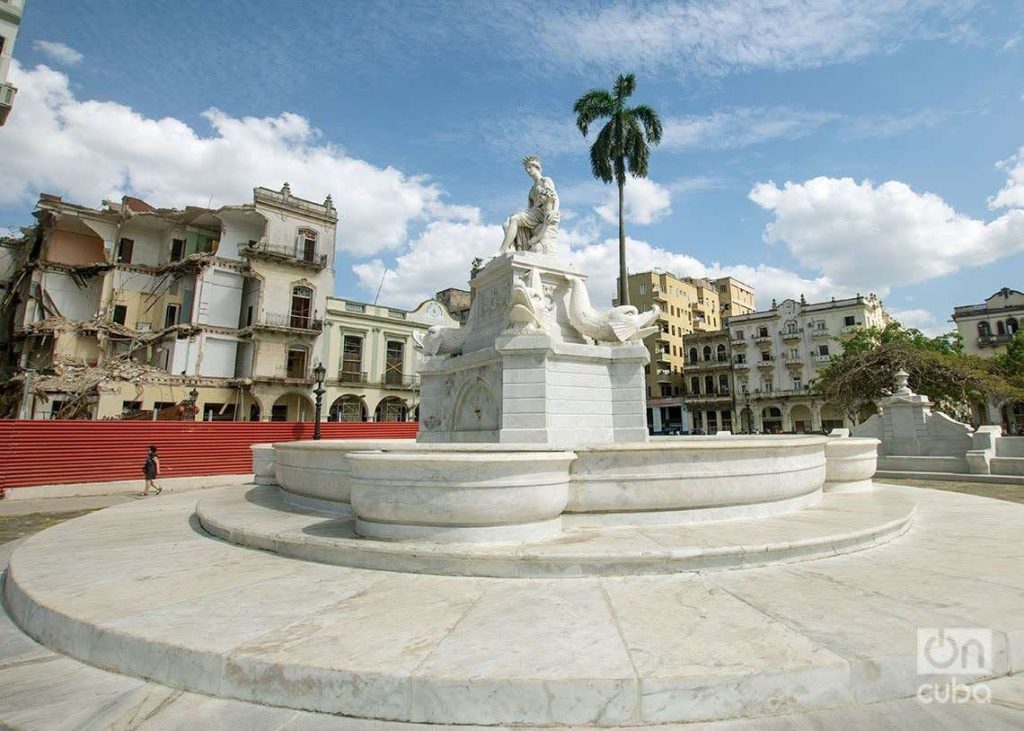
Sources:
Architecture
Bohemia
The Universal Museum
Posters
The Illustration
Social
Spanish picturesque weekly
Archives of the Historian of the City of Havana
